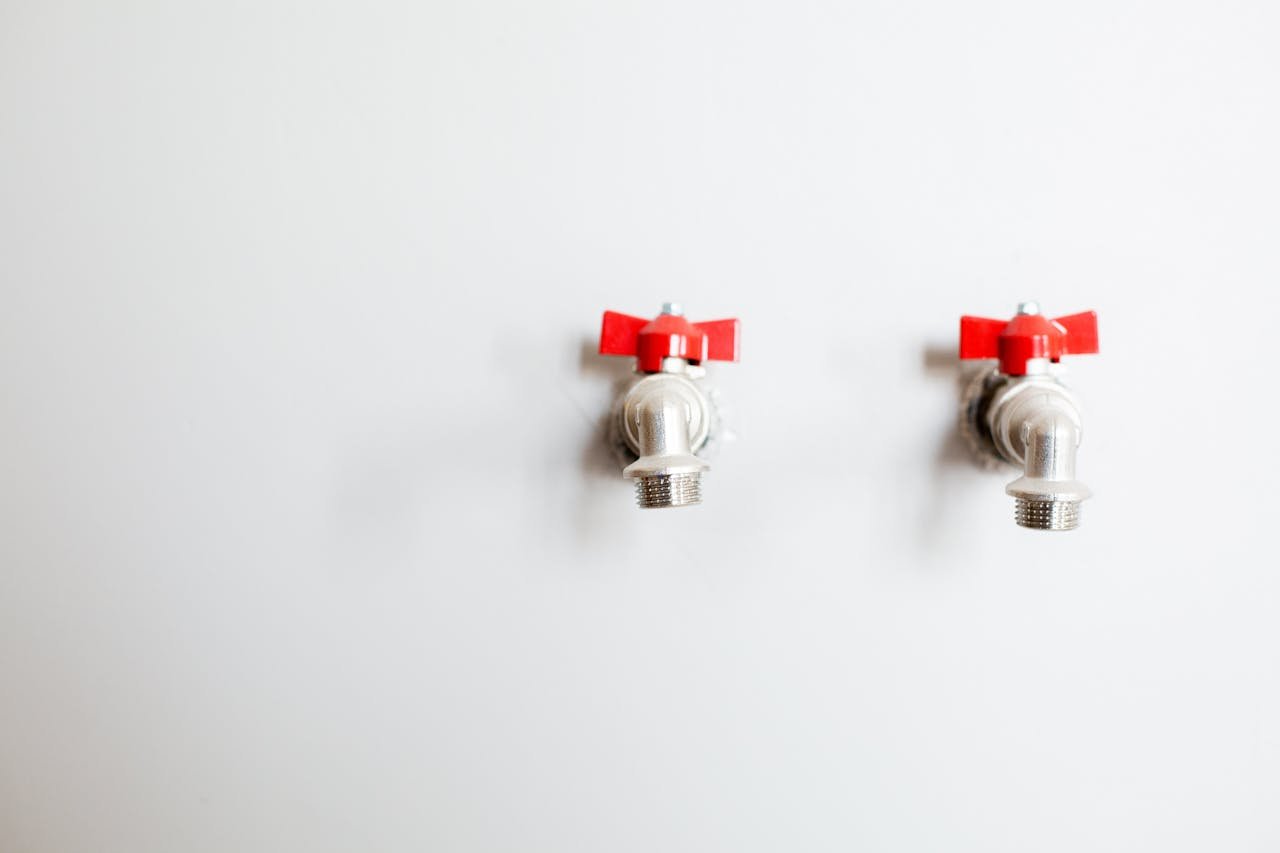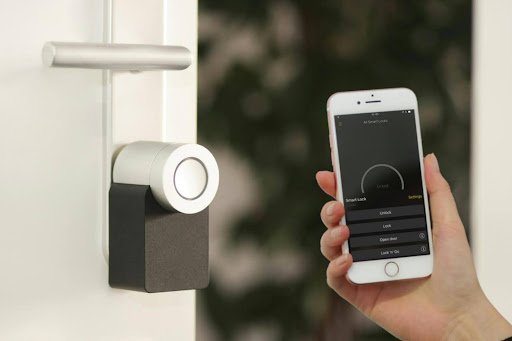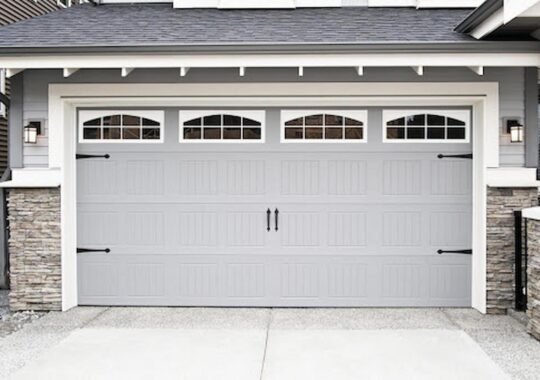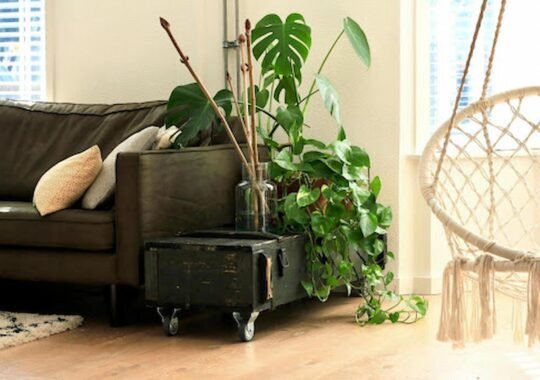Do you have plumbing disasters you don’t want to face?
All homeowners have at one time or another have faced some kind of plumbing issue. Maybe it’s been that annoying drip… drip… drip from a faucet in the kitchen. Or maybe a leaky pipe has flooded your basement. It doesn’t matter which problem you’ve experienced, the issue is the same…
Here’s what we need to address:
Most of these small issues can turn into major, very expensive nightmares if you don’t catch them in time. With a recent study finding that 10% of all homes have leaks wasting 90+ gallons of water a day, it’s safe to say most people have dealt with or are dealing with these common, yet very frustrating problems.
But here’s the good news…
You can prevent most plumbing problems from turning into disasters. You just need to know what to look for and how to keep those little problems from getting out of control.
In this article, you will learn:
- Leaky Faucets: The Drip That Costs You
- Clogged Drains: Annoying Problem You Can Prevent
- Running Toilets: The $6 Billion Problem
- Water Heater Issues: When Hot Water Disappears
Leaky Faucets: The Drip That Costs You
That faucet in your kitchen is dripping, drip… drip… drip!
Not only is it driving you insane, but it’s also draining your wallet.
Did you know a single faucet dripping once a second can waste over 2,600 gallons of water in a year? That’s enough to fill up a small swimming pool! If you have several leaky faucets in your home it’s even worse.
Common Causes:
- Worn O-rings and washers
- Corroded valve seats
- Loose packing nuts
- Damaged cartridge assembly
Replacing a faucet usually takes 30 minutes or less and can be done for most leaky faucets. Fix common causes by replacing worn O-rings, tightening connections, and replacing defective components.
Pro Tip: Inspect all faucets for drips and water around the base once a month. Preventative maintenance will help you catch potential issues early on. Always rely on professional home plumbing services from a quality provider you can trust.
Clogged Drains: Annoying Problem You Can Prevent
One of the worst plumbing problems you can have to deal with is a clogged shower or sink.
Clogged drains are very common. They can happen in any sink, shower, tub, or toilet. Most people don’t address the problem until the drains are completely blocked.
Top culprits:
- Hair (mostly bathroom sinks and drains)
- Soap scum buildup
- Food particles/grease
- Foreign objects
Prevention for this one is easy. Buy a few $2 drain catchers for your sinks and tubs. In the kitchen, never pour grease down your sink drains. Let it cool and put it in the trash instead.
Running Toilets: The $6 Billion Problem
Here’s a statistic that will blow your mind…
Did you know Americans waste $6 billion annually due to household leaks? This includes running toilets, dripping faucets, and other plumbing leaks.
That’s trillion gallons of water being wasted down the drain. For the average household, that running toilet could be wasting hundreds of gallons each day. Yet most homeowners will ignore it because the toilet still “flushes”.
Common Causes of Running Toilets:
- Warped or cracked flapper
- Chain that’s too long/short
- Worn fill valve
- Incorrect water level in tank
Fixing a running toilet is usually very simple and inexpensive. Replace the flapper, adjust the chain, or replace the fill valve as necessary. These parts are typically less than $20 to replace and can save you hundreds on your water bill.
Water Heater Issues: When Hot Water Disappears
Nothing is more frustrating than turning on your shower expecting hot water and being hit with an ice-cold shower!
Water heater problems are also one of the more expensive plumbing issues. They will typically cost $1,200 to $3,500 to completely replace.
Warning Signs:
- Takes longer to heat water
- Strange tank noises
- Rusty water
- Water pooling around the base
- Inconsistent water temperature
Most water heater problems are the result of sediment buildup which reduces efficiency over time.
Prevention: Flush water heater once a year to remove sediment. Test relief valves and replace anode rods every 3-5 years.
Pipe Leaks: Sneaky Destroyers Behind Your Walls
Pipe leaks are sneaky.
They start small, behind your walls and under your slab. They often go unnoticed until significant damage has been done. By then, the repair bill is in the thousands.
Common Causes:
- Freezing temperatures
- Age and corrosion
- High water pressure
- Tree root damage
- Improper installation
With the average home now 42 years old, most homes are dealing with aging plumbing systems.
Prevention: Insulate pipes in areas exposed to cold weather. Keep your home heated during the winter months. Test your water pressure, anything over 80 psi can damage pipes.
Low Water Pressure: More Than Just Annoying
Low water pressure can really make life miserable.
Everything takes longer. Washing the dishes, taking a shower, filling pots and pans on the stove… It all becomes this long, drawn-out process. But more often than not low water pressure is a sign of larger plumbing system issues.
Common Causes:
- Mineral buildup in pipes
- Partially closed shut-off valves
- Corroded/poorly made pipes
- Municipal water supply issues
- Faulty pressure regulator
In some cases, the fix is as simple as cleaning mineral deposits from faucet aerators and showerheads. In other situations you may need professional assistance to diagnose pipe issues or a pressure regulator problem.
Sewer Line Backups: The Nightmare Scenario
Sewer line issues are every homeowner’s nightmare.
Main sewer line backups can flood your home with raw sewage and wastewater. This is not only thousands of dollars in damage but can pose serious health issues.
Warning Signs:
- Multiple drains/backflows
- Gurgling sounds from toilets/drains
- Sewage odors
- Floor drain backups
- Green patches in yard
Tree roots are the biggest culprit, they grow into sewer lines in search of water.
Prevention: Don’t plant trees or shrubs near sewer lines. Only flush waste and toilet paper down the toilet. Have lines inspected every few years.
Smart Prevention Strategies that Work
Listen closely…
Prevention is always better than repairs. The right habits will help you save thousands.
Monthly maintenance:
- Check fixtures for leaks
- Flush toilet mechanisms
- Look for water stains
- Clear drain catchers
- Flush water heater
- Insulate pipes for winter
- Disconnect outdoor hoses
- Sewer line inspection every 2-3 years
Smart upgrades: Leak detectors, low-flow fixtures, water filters for hard water
When to DIY and When to Call the Professionals
Not every problem is an emergency that requires professional assistance.
Saving money by doing some repairs yourself is fine and teaches you some valuable skills.
DIY safe:
- Washer and O-ring replacements
- Unclogging minor clogs
- Fixing running toilets
- Installing aerators
Professional plumbers only:
- Major leaks/bursts
- Sewer line problems
- Water heater installations
- Gas line work
Remember DIY issues are easy until you make a small mistake. A small problem can quickly turn into an expensive, major problem. When in doubt, contact a professional you can trust.
Staying Ahead of the Curve
Did you know the plumbing industry is facing a massive technician shortage?
Nearly 550,000 less plumbers in the field by 2027 is going to make getting professional plumbing service more expensive and difficult to get.
This means prevention will become even more important in the coming years. Homeowners who maintain their plumbing systems will be able to avoid most emergency service backlogs.
Action items: Create maintenance schedules. Know your main water shut-off valve location. Keep some basic tools handy. Build relationships with reliable plumbers before emergencies occur.
Summary
Common plumbing problems are part of homeownership but don’t have to lead to disasters.
The key is addressing issues early and proper maintenance. Prevention is always better than making those expensive emergency calls.
Focus on the basics – fix leaks as soon as you notice them, keep your drains clear of debris, properly maintain water heaters, and know when to call a professional. These strategies will keep your plumbing systems running smoothly and your wallet intact.
Most important, don’t ignore small problems hoping they will go away. That dripping faucet is trying to send you a message. Listen up before it becomes a more expensive conversation.





